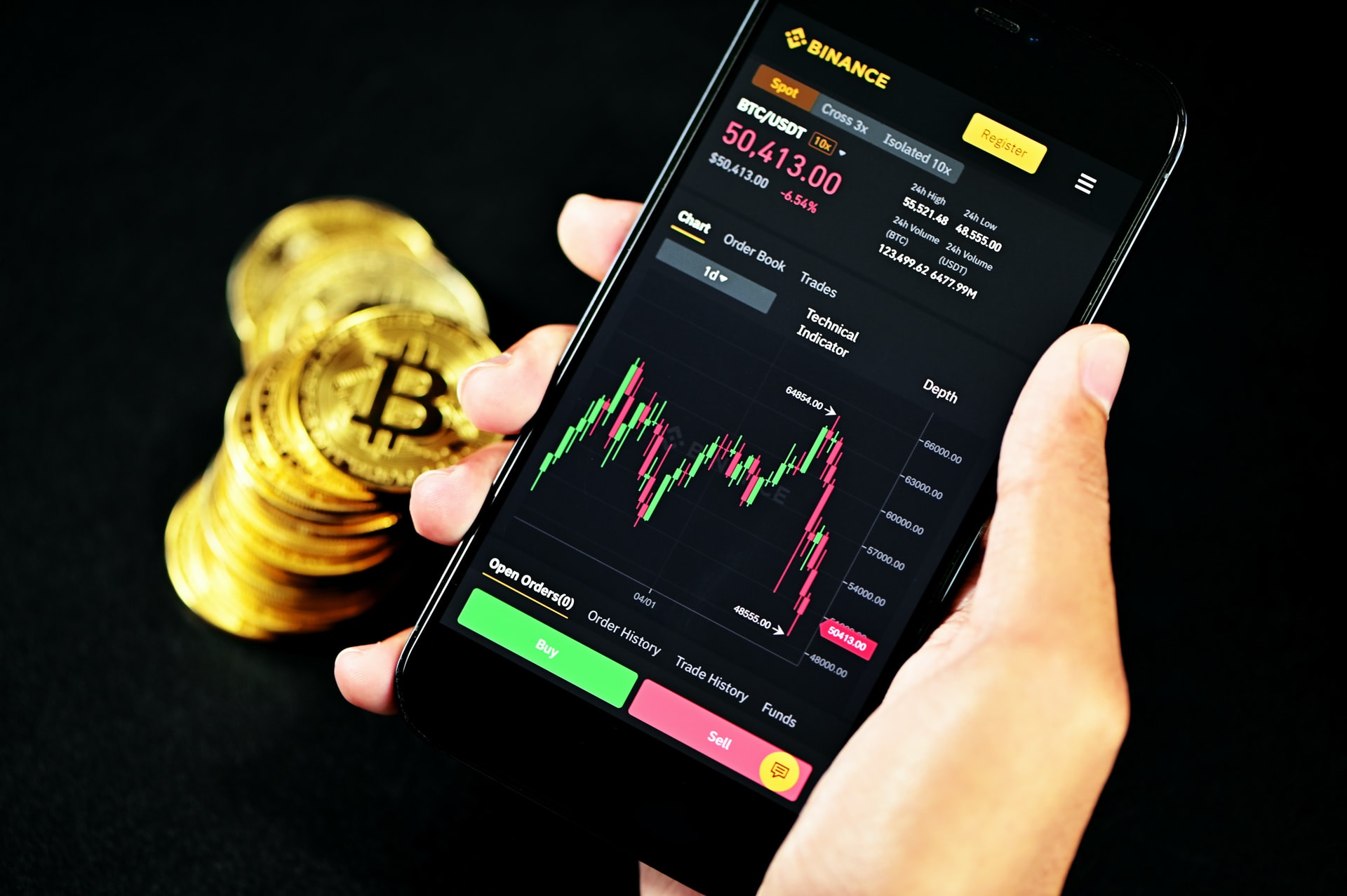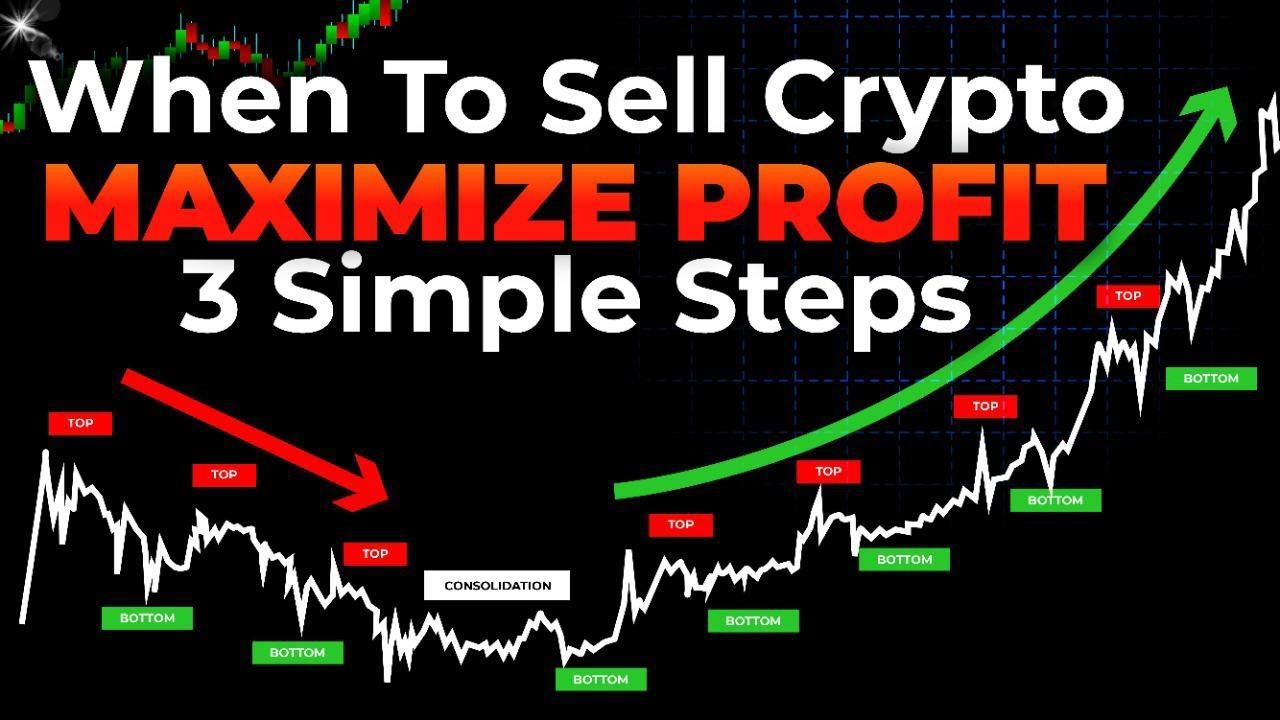
What is Bitcoin Trading? An In-Depth Guide By Scopebitcoin
What is Bitcoin Trading? Bitcoin, the world’s first decentralized cryptocurrency, has become a global financial phenomenon. It has attracted both seasoned investors and newcomers seeking opportunities in digital assets. Bitcoin trading refers to buying and selling Bitcoin to generate profits by taking advantage of price fluctuations. While Bitcoin can be a long-term investment (HODLing), active trading presents an alternative for those looking to capitalize on short-term price movements. This article delves into the basics of Bitcoin trading, its types, strategies, and the risks associated with this volatile market.
Understanding Bitcoin
Before exploring Bitcoin trading, it’s essential to understand what Bitcoin is. Created by an anonymous person or group of people known as Satoshi Nakamoto in 2008, Bitcoin is a digital currency that operates without a central authority. It uses blockchain technology to enable peer-to-peer transactions, ensuring security and transparency through cryptographic techniques.
Bitcoin is often referred to as a “store of value” or “digital gold” because of its potential to serve as an alternative to traditional fiat currencies and even precious metals like gold. Its limited supply—there will only ever be 21 million Bitcoins—makes it inherently deflationary, which drives its appeal to traders and investors.
What is Bitcoin Trading?
Bitcoin trading involves speculating on the price movement of Bitcoin, either against fiat currencies like the US dollar (BTC/USD) or other cryptocurrencies like Ethereum (BTC/ETH). In contrast to buying and holding Bitcoin as a long-term investment, trading focuses on short- to medium-term price movements.
Traders analyze the market to identify opportunities to buy Bitcoin at a low price and sell it at a higher price, or vice versa, depending on market conditions. Bitcoin trading can be done on exchanges, brokers, or peer-to-peer platforms.
Types of Bitcoin Trading
There are several ways to trade Bitcoin, depending on an individual’s time horizon and risk appetite:
Day Trading
Day trading involves buying and selling Bitcoin within a single day to profit from short-term fluctuations. Traders use technical analysis tools like chart patterns and indicators to make quick decisions. Since positions open and close within a day, day trading requires constant market monitoring.
Swing Trading
Swing trading captures short- to medium-term price movements, typically over a few days or weeks. Swing traders look for opportunities based on price trends and patterns. Unlike day trading, swing traders don’t need to monitor the market constantly but still rely on technical analysis to determine the best entry and exit points.
Scalping
Scalping is a high-frequency trading strategy that involves making multiple small trades throughout the day, aiming to capture tiny price changes. While the profit from each trade may be small, scalpers hope to accumulate gains over time. This method requires significant time, attention, and access to advanced trading tools.
HODLing
While not considered active trading, HODLing (a misspelled term for “holding”) refers to buying Bitcoin and holding onto it for the long term, regardless of short-term price volatility. This strategy is based on the belief that Bitcoin’s price will increase significantly over time.
Margin Trading
Margin trading allows traders to borrow funds to increase their exposure to Bitcoin, amplifying potential gains and losses. Leverage enables traders to control larger positions than their initial investment would allow, but this also increases the risk. If the market moves against a trader’s position, they could lose more than their initial investment.
Futures and Options
Bitcoin futures and options are derivatives that allow traders to speculate on the future price of Bitcoin without actually owning it. Futures contracts require the trader to buy or sell Bitcoin at a predetermined price on a future date, while options give the trader the right, but not the obligation, to buy or sell Bitcoin at a specific price before the contract expires.
Key Bitcoin Trading Strategies
There are various strategies traders use to navigate the Bitcoin market. These strategies can be based on technical analysis, fundamental analysis, or a combination of both.
Technical Analysis
Technical analysis involves studying historical price charts, trading volumes, and market indicators to forecast future price movements. Popular tools in technical analysis include:
-
-
- Moving Averages: A moving average smooths price data to help identify trends.
- Relative Strength Index (RSI) indicates whether an asset is overbought or oversold.
- Fibonacci Retracement: This tool helps traders identify potential reversal levels based on mathematical ratios.
- Candlestick Patterns: Patterns like “doji” and “hammer” can signal potential market reversals or continuations.
-
Fundamental Analysis
Unlike technical analysis, fundamental analysis focuses on the underlying factors that drive Bitcoin’s value, such as its adoption rate, regulatory news, market sentiment, and macroeconomic trends. Fundamental analysts look at Bitcoin’s intrinsic value to predict its future price.
Trend Trading
Trend traders aim to capitalize on the market’s momentum by following the direction of the trend. If Bitcoin is in an uptrend, traders will buy and hold until the trend shows signs of reversing. Conversely, in a downtrend, traders may short Bitcoin (betting on its price falling).
Arbitrage
Arbitrage involves buying Bitcoin on one exchange where the price is lower and simultaneously selling it on another exchange where the price is higher. This strategy exploits price discrepancies between different exchanges and can result in risk-free profits, but arbitrage opportunities tend to be short-lived.
Bitcoin Trading Platforms
To trade Bitcoin, traders use various platforms that offer different features and services. Some of the most popular platforms include:
Centralized Exchanges (CEXs)
Centralized exchanges like Binance, Coinbase, and Kraken are the most common venues for Bitcoin trading. These platforms offer liquidity, security, and user-friendly interfaces, but traders must trust the exchange to safeguard their funds.
Decentralized Exchanges (DEXs)
Decentralized exchanges operate without a central authority, allowing users to trade Bitcoin directly from their wallets. DEXs offer more privacy and control over assets but may have lower liquidity than centralized platforms.
Peer-to-Peer Platforms
Peer-to-peer (P2P) platforms like LocalBitcoins enable direct trading between individuals. These platforms provide high privacy, but users should exercise caution and conduct due diligence on trading partners.
Risks of Bitcoin Trading
While Bitcoin trading can be profitable, it’s important to understand the risks involved:
- Volatility: Bitcoin is known for its extreme price volatility, which can lead to significant gains or losses in a short time. Traders must be prepared for sudden market swings.
- Regulatory Risk: The regulatory landscape for Bitcoin varies by country, and changes in government policies can impact the market. For example, news of potential bans or restrictions on cryptocurrency trading can trigger sharp price declines.
- Security Risk: Bitcoin exchanges and wallets are frequent targets for hackers. Even the most secure platforms are not immune to breaches. Traders should take precautions like using two-factor authentication and storing their Bitcoin in secure wallets.
- Leverage Risk: Trading with leverage can magnify gains but also increase the potential for significant losses. If the market moves against a leveraged position, traders could lose more than their initial investment.







